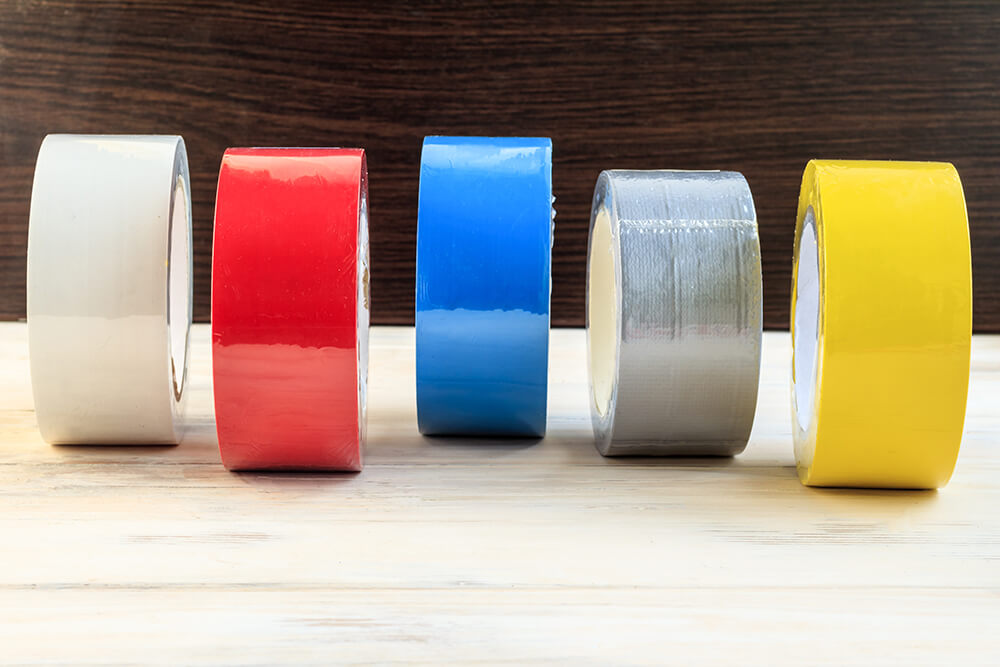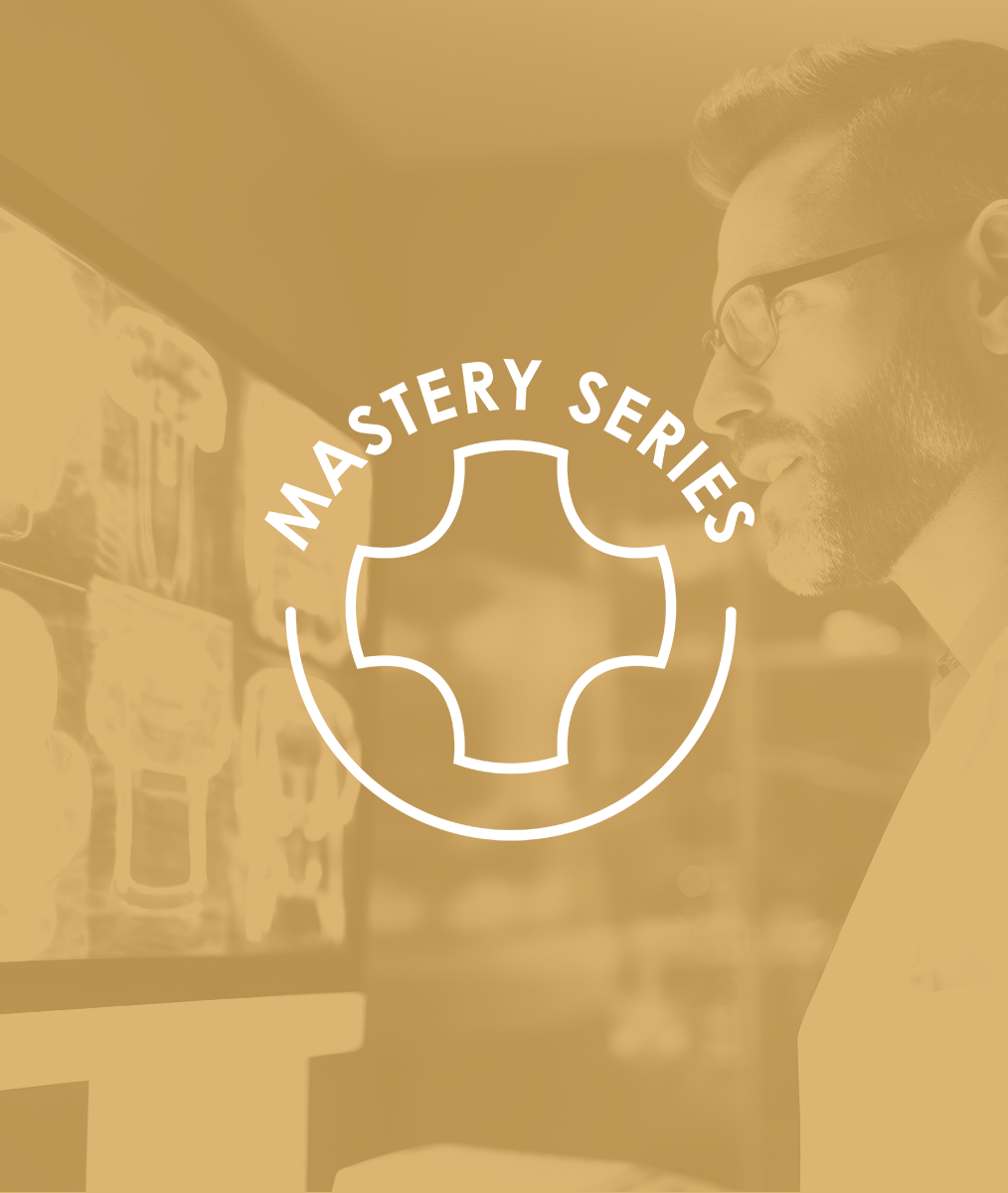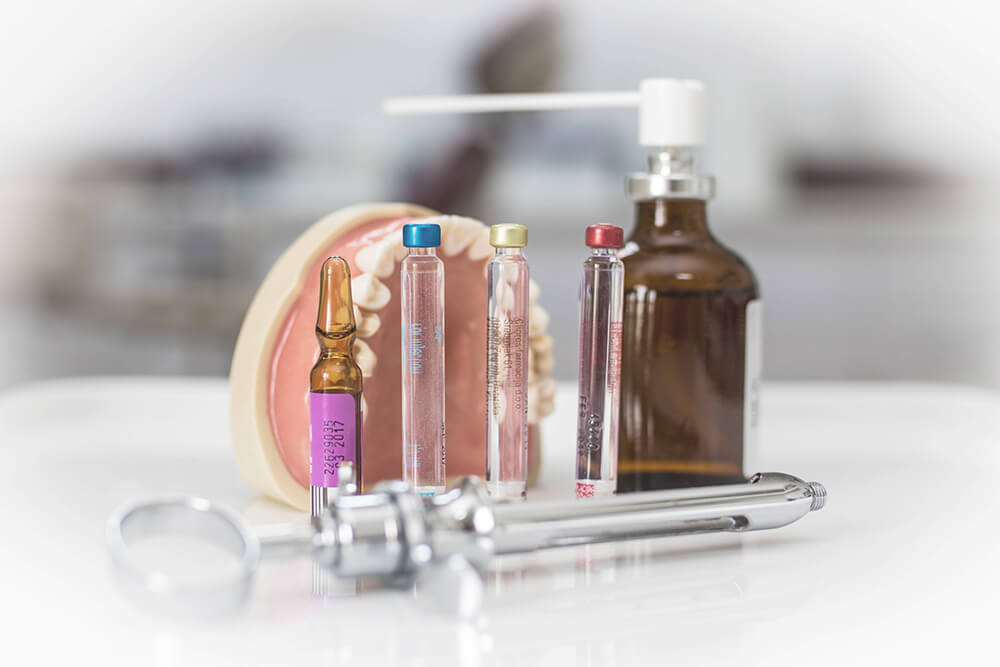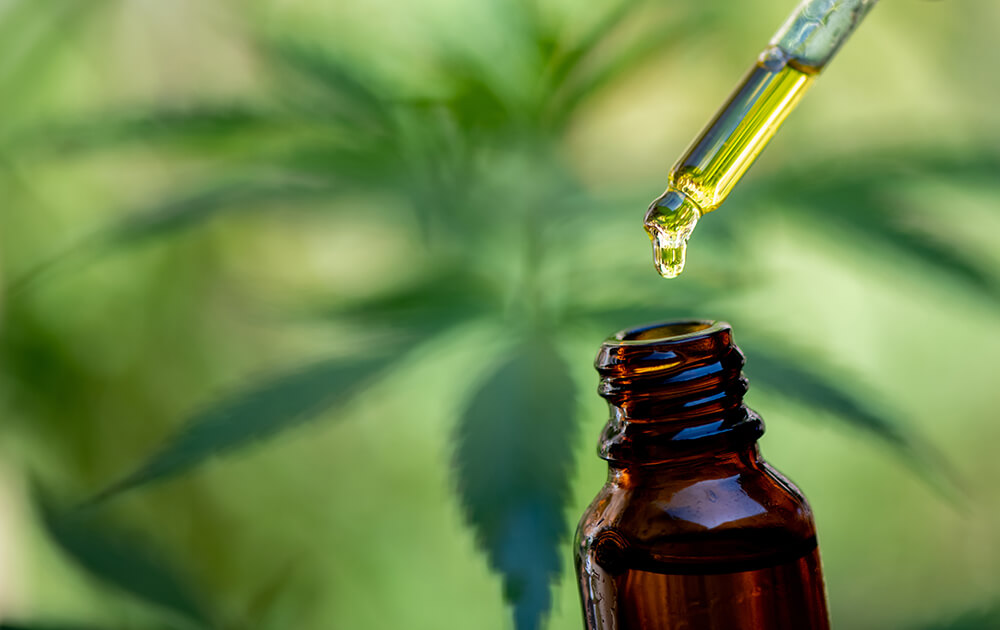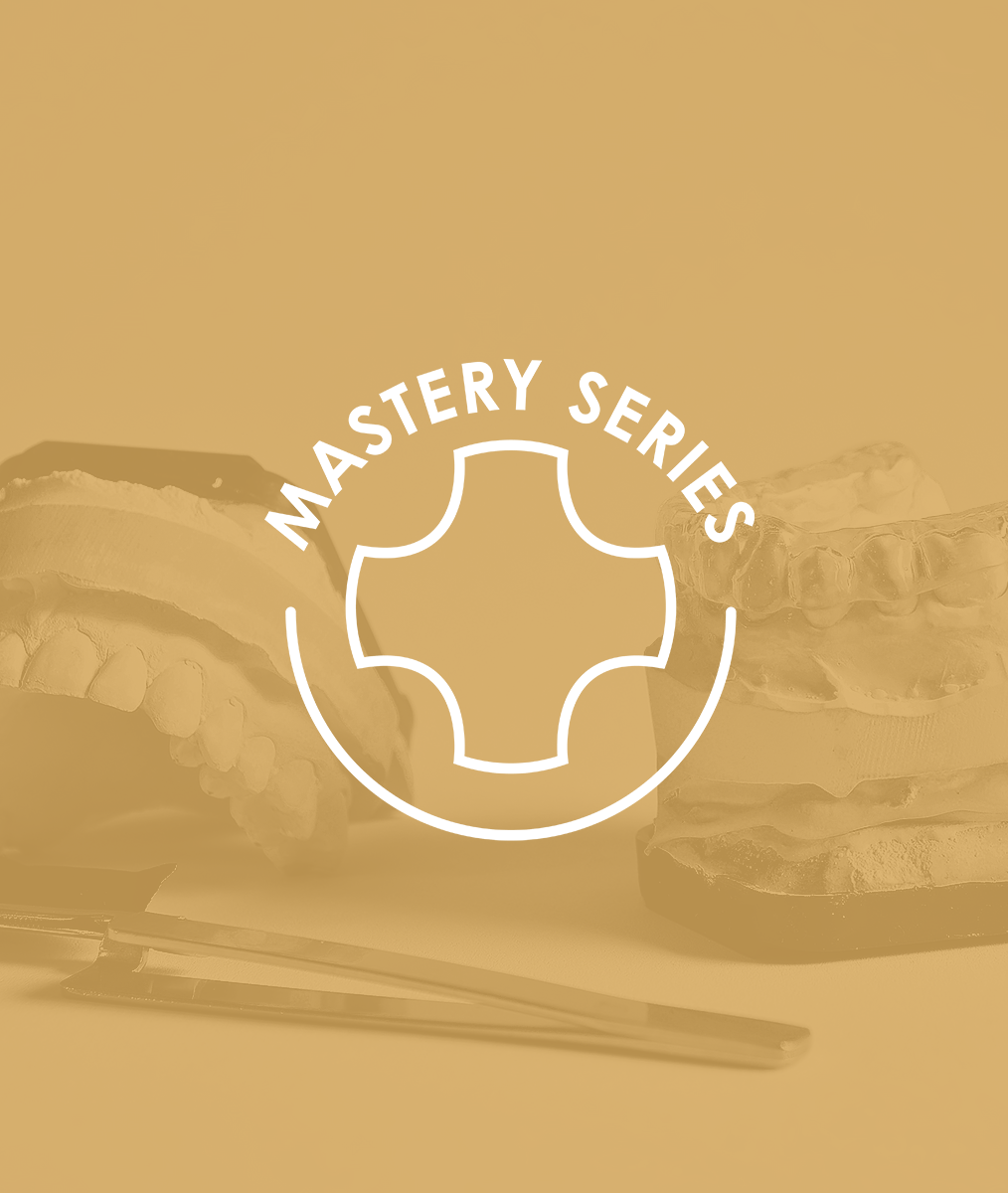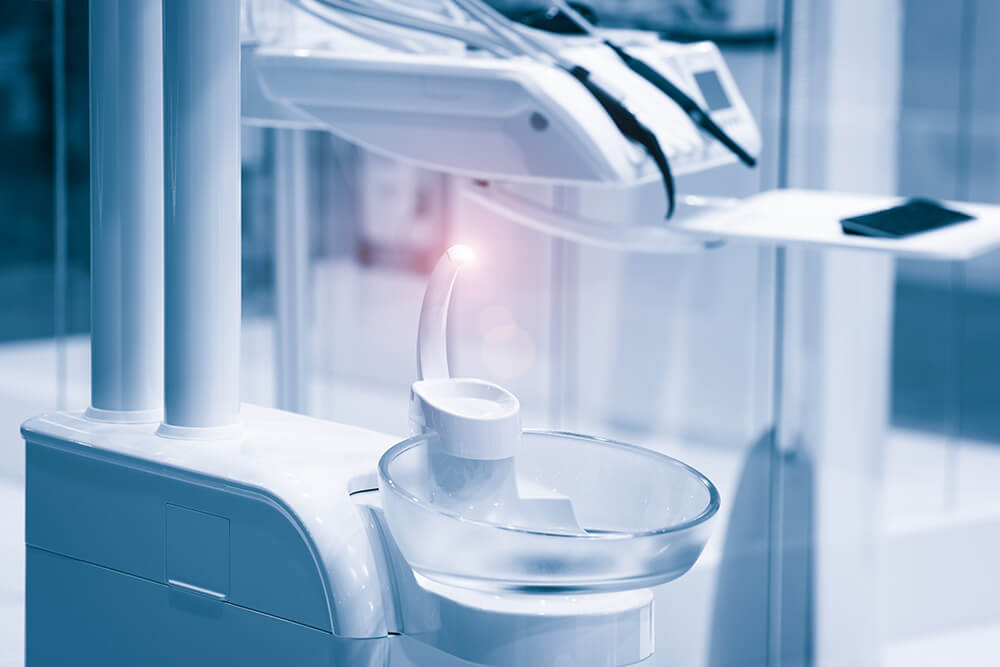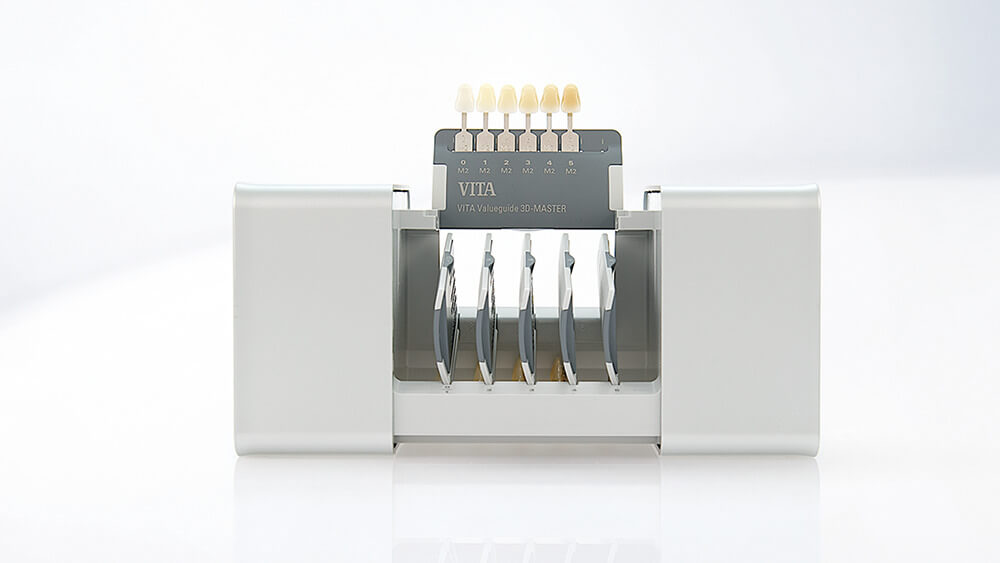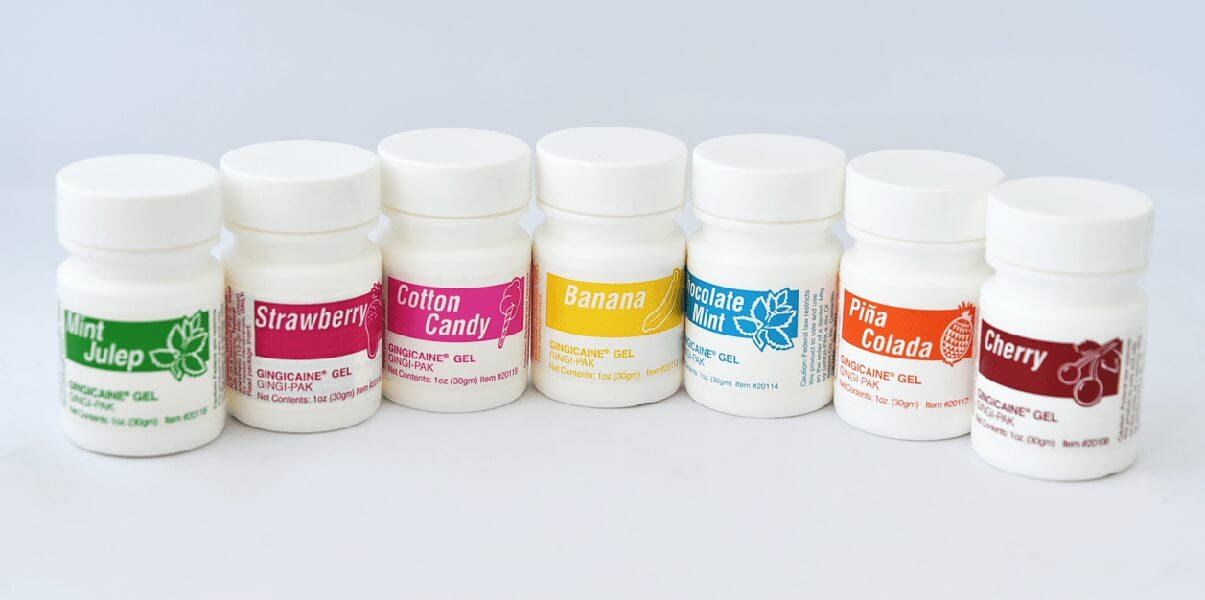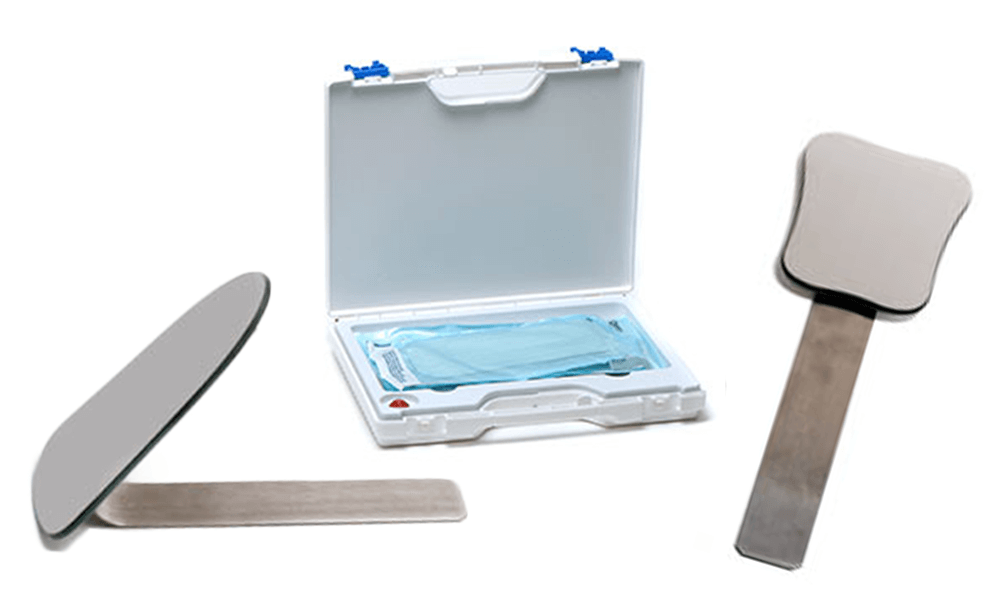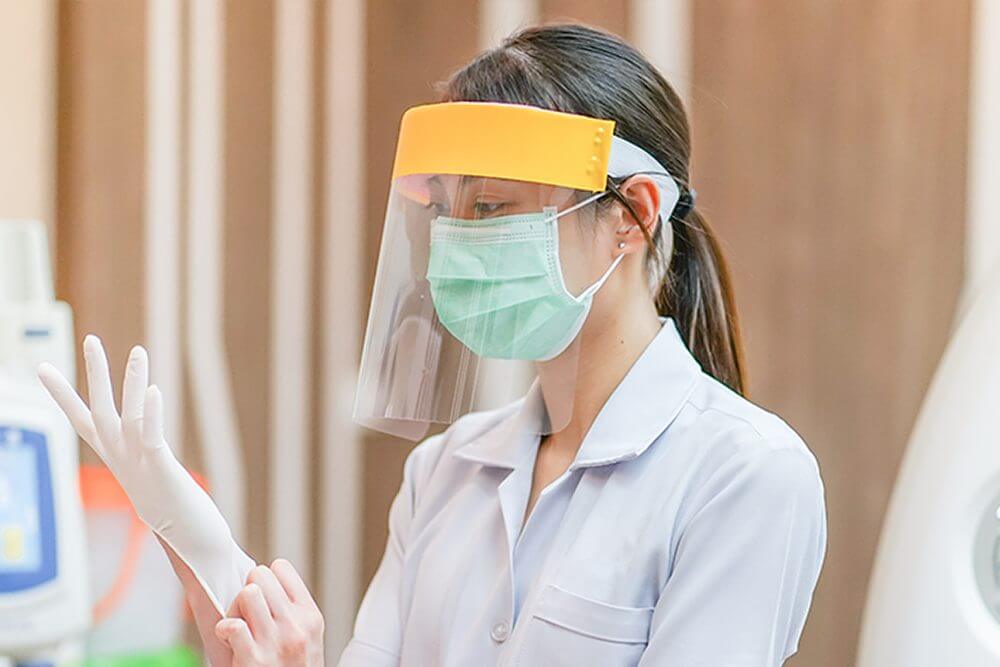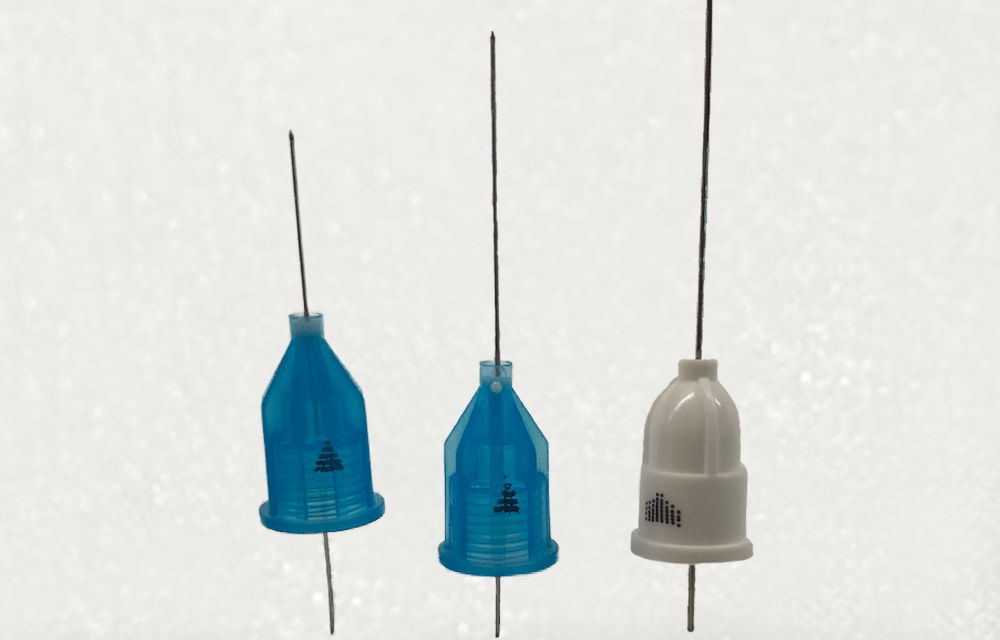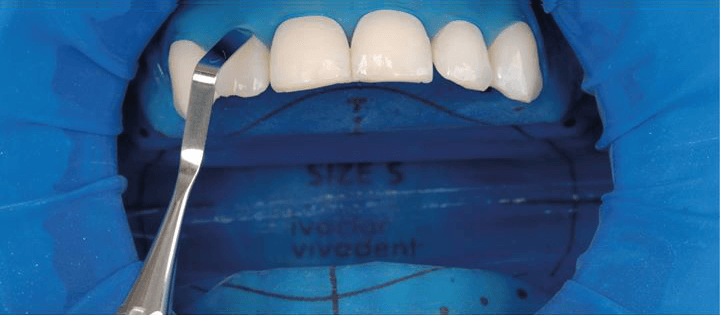Cannabidiol, commonly known as CBD, is getting significant attention in new advances of pain management for its non-psychoactive therapeutic properties. Topical CBD oil has been suggested as a way to non-invasively treat pain caused by temporomandibular disorders. But does the science currently support CBD oil or even prove its efficacy versus a placebo?
CBD smoothies, CBD cream, CBD bath bombs… the consumer market is flooded with a variety of premium products touting everything from anxiety reduction to chronic pain treatment. If you haven’t been asked for your medical opinion about CBD yet, you may be soon.
Topical CBD oil is expensive and trendy. Roll-on applicators are often combined with other active ingredients like menthol and arnica to soothe the symptoms of pain. Roll-on CBD may be infused with essential oils, so it even has a therapeutic aroma. With attractive green packaging and clever names to boot, the purchase can be a no-brainer for those suffering from aches and tension in their jaw.
Evidence-based dentistry demands a suspicious eye. Is all this external dressing, pleasant smells, and clever marketing covering up a dearth of clinical evidence? Let’s take a dive into the science:
What CBD Is and What CBD Isn’t
Cannabidiol has come to prominence as the safer alternative to tetrahydrocannabinol (THC). Evidence has shown it may be effective in the treatment of childhood epilepsy.1 There is even an FDA-approved CBD-based treatment, Epidiolex, for two severe forms of epilepsy.2
Besides this specific use in the management of epileptic seizures, CBD is sold as a supplement.1 The number one issue here is the lack of regulation over supplements. You can’t be certain that the amount of CBD stated on the label corresponds to the actual levels in the formulation.1 Even more concerning, there is no widely accepted, clinical trial approved therapeutic topical or oral dose of CBD designated for the management of chronic pain.1 Can a treatment be ethically recommended when there is no consensus on effective, safe dose?
Unlike THC, CBD does not cause a high. But it can have side effects such as nausea or even impact the level of medications in the blood.1 We know very little about the effects of cannabidiol in the context of large sample size human clinical trials. How long should a patient apply CBD for? At what dose should they apply it? How regularly? The answers to these questions are not currently known.
CBD and TMD: Friend, Foe, or Placebo?
A 2020 systematic review with meta-analysis of topical intervention efficacy for temporomandibular disorders compared the current data on treatments such as nonsteroidal anti-inflammatories (NSAIDs), cannabidiol, capsaicin, bee venom, and more.3 Topical therapies are especially attractive because of the serious consequences to long-term oral NSAID use for TMDs.3
Topical doses of a drug or therapeutic can bypass the debilitating side-effects of systemic treatment.3 Topical NSAIDs include diclofenac sodium and methyl salicylate.3 Therapies like bee venom and CBD are called “nutraceuticals,” which refers broadly to food-derived alternatives to pharmaceuticals, usually sold as supplements.3
The 2020 review was only able to find 9 studies regarding topical treatment of TMDs that met rigorous criteria for quality of evidence while also qualifying as randomized controlled trials.3 For topical NSAIDs, the review found no clinically significant difference compared to a placebo.3 Interestingly, ultrasound therapy was found to reduce pain, but applying an NSAID gel with ultrasound had no statistically significant difference compared to ultrasound without the gel.3
The effect of bee venom and capsaicin was similarly inscrutable, with few relevant studies including the proper data values or standard deviations to conduct a meta-analysis.3 The evidence in general was low quality or showed little effect.3
CBD also suffered from a lack of high-quality evidence in the form of studies in humans.3 Animal models have shown that “transdermal cannabinoids” may reduce pain and inflammation, but there is currently no clear evidence for long-term benefits in humans.3
Why is the research for topical treatment of TMD-associated pain so poor? The answer is small sample sizes, poor blinding, and unreported funding sources.3 Because of this, we don’t know whether demonstrated effects, if any, apply to a larger population.
Statistics have less meaning in small sample sizes. Poor blinding means that bias cannot be controlled. Lack of clear funding disclosures may also influence blinding and make it difficult to trust whether research was conducted in good faith.
The Future of CBD in Dentistry
Though data regarding CBD for TMDs is severely lacking, the future may offer some hope. If motivated researchers feel passionately about reducing the burden of chronic pain for sufferers of temporomandibular disorders, they may be able to put forward the time, money, and effort necessary to distinguish the minimum safe yet therapeutic dose of CBD.
They will also have to determine its ideal application parameters and any necessary or helpful active ingredients. They’ll need large numbers of study participants, including hundreds of individuals for control and experimental groups, and a well-considered experimental design.
That outcome may take many years. In the meantime, topical CBD will remain the equivalent of a high-end massage oil.
References:
- MD PG. Cannabidiol (CBD) — what we know and what we don’t. Harvard Health Blog. Published August 24, 2018. https://www.health.harvard.edu/blog/cannabidiol-cbd-what-we-know-and-what-we-dont-2018082414476
- FDA Approves First Drug Comprised of an Active Ingredient Derived from Marijuana to Treat Rare, Severe Forms of Epilepsy. FDA. Published March 27, 2020. https://www.fda.gov/news-events/press-announcements/fda-approves-first-drug-comprised-active-ingredient-derived-marijuana-treat-rare-severe-forms
- Mena M, Dalbah L, Levi L, Padilla M, Enciso R. Efficacy of topical interventions for temporomandibular disorders compared to placebo or control therapy: a systematic review with meta-analysis. J Dent Anesth Pain Med. 2020;20(6):337-356. doi:17245/jdapm.2020.20.6.337

